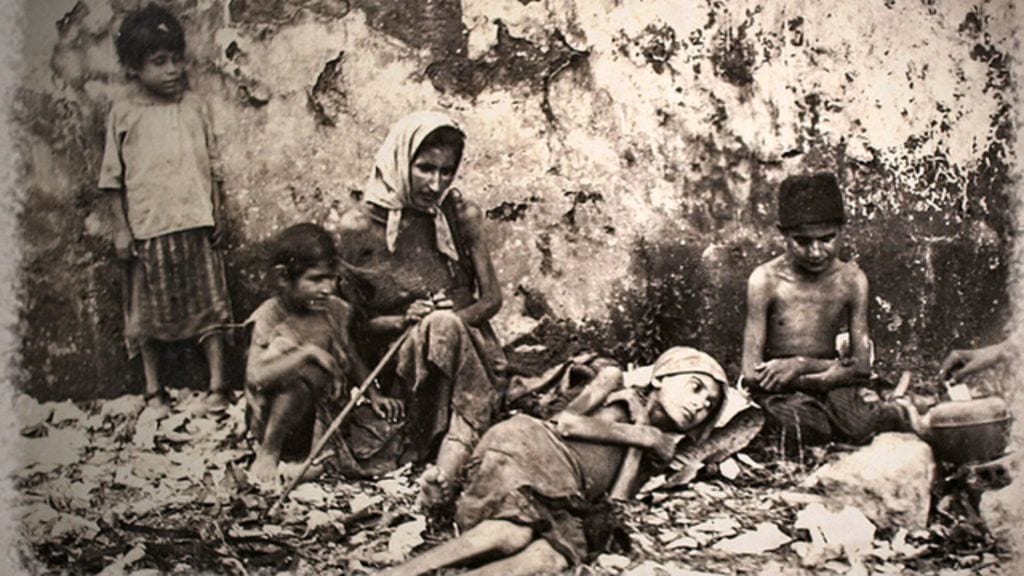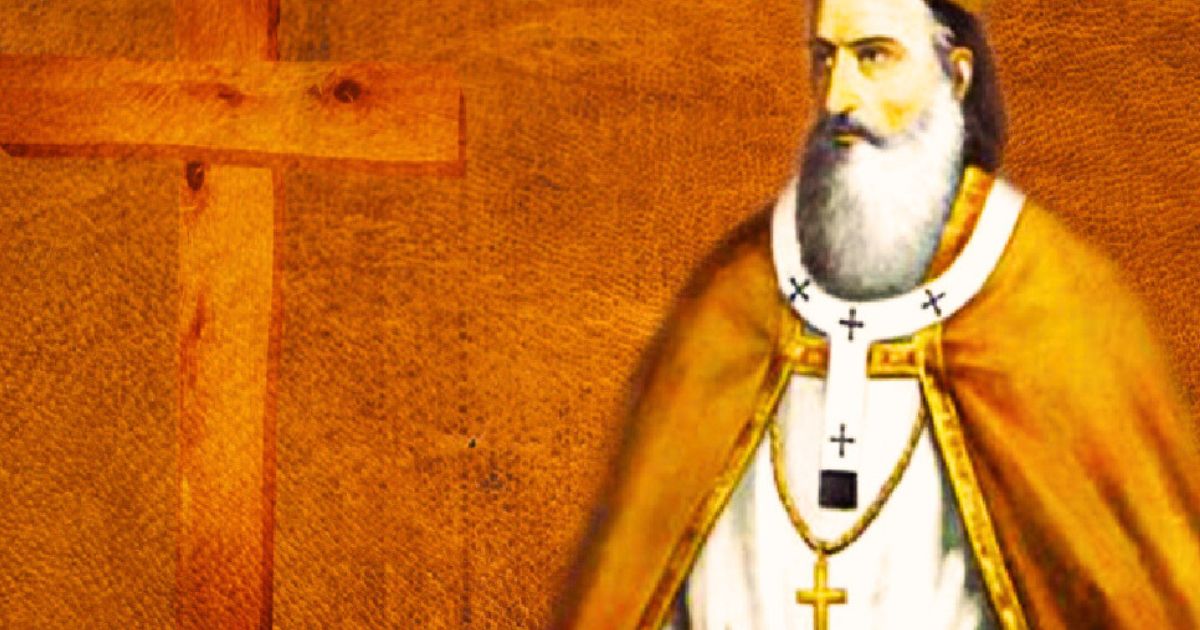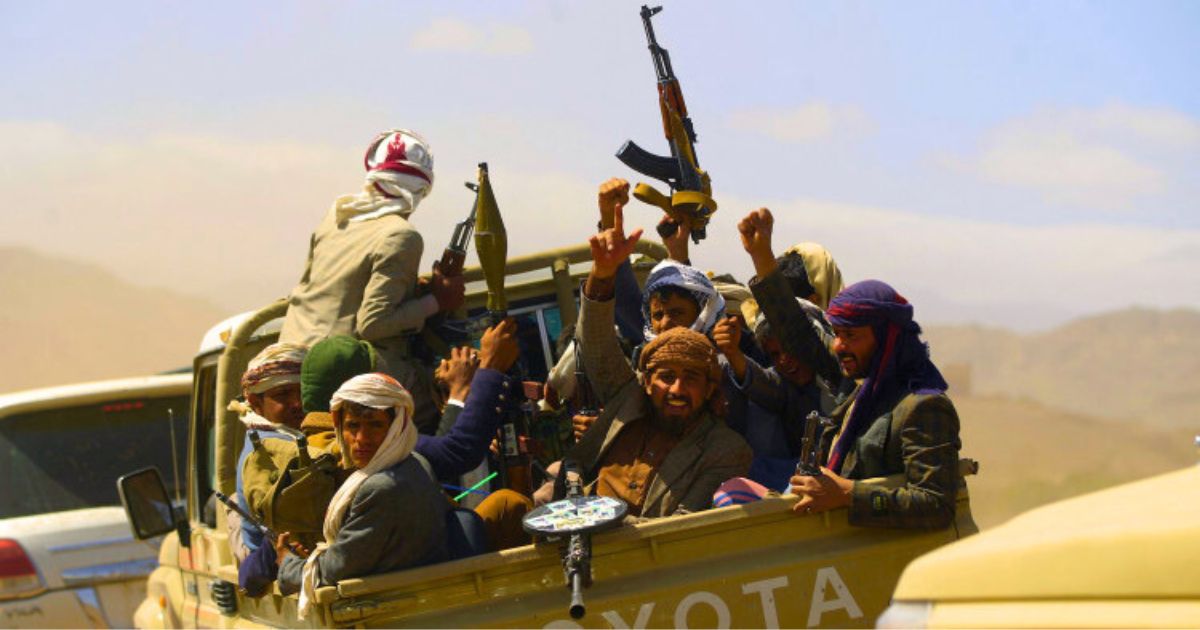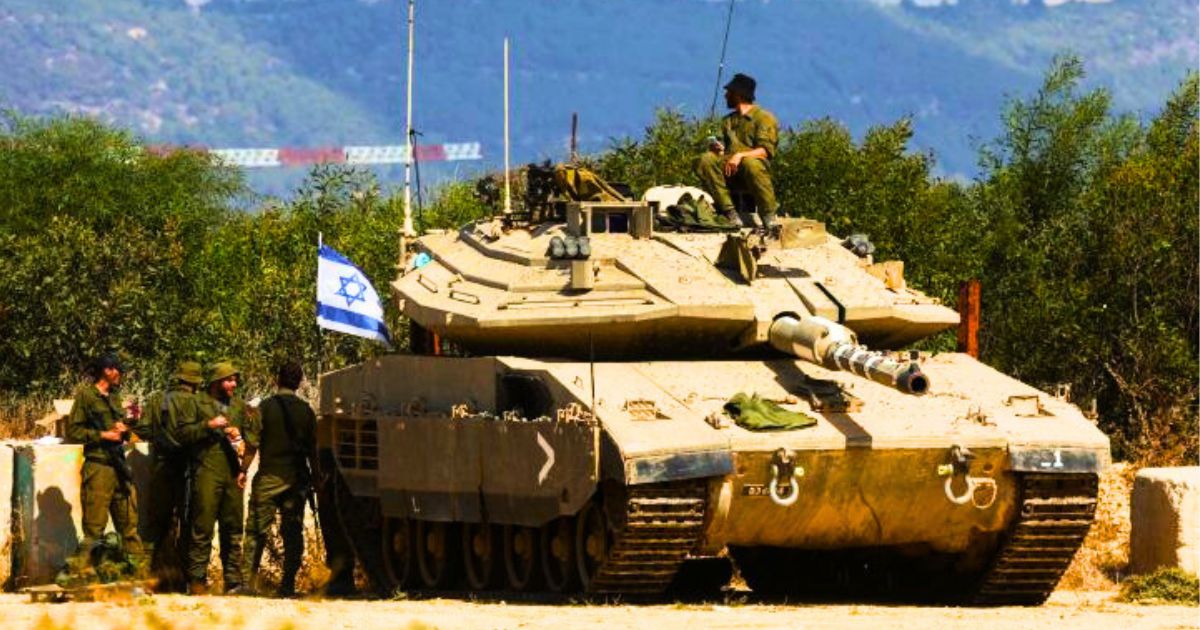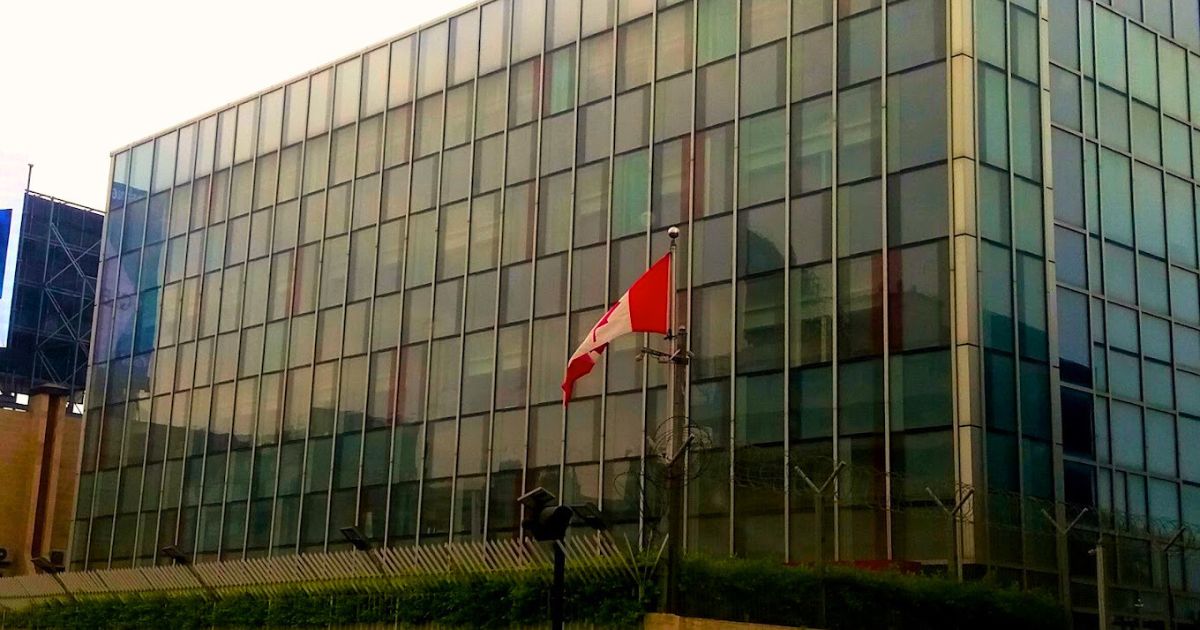Disclaimer: This article contains graphic stories and recollections of history that may be disturbing to some.
April 24th marks the day of commemoration of the Armenian Genocide committed by the Ottoman Empire (present-day Turkey).
Every year on this date, Armenians around the world remember the horrendous acts that were committed. This has been going on every year for almost a hundred years.
The first-ever commemoration was organized by a group of Armenian Genocide survivors in Istanbul in 1919 at the St. Trinity Armenian Church.
The Armenian Genocide is also known as the Armenian Holocaust. It refers to the Ottoman government’s systematic extermination of 1.5 million Armenians from the Ottoman Empire.
The Armenian people were subjected to deportation, expropriation, abduction, torture, massacre, and starvation.
The recognition of the Armenian Genocide is a “formal acceptance that the systematic massacres and forced deportation of Armenians committed by the Ottoman Empire from 1915 to 1923 constituted genocide.”
As of 2017, governments and parliaments in 26 countries have officially recognized the events as a genocide.
This includes Brazil, Canada, France, Germany, Italy, Russia, and Lebanon, as well as 45 out of the 50 American States. In 2015, Pope Francis called the Armenian Genocide the “first genocide of the 20th century.”
This led to a strong backlash by the Turkish people. Just a few days later, the European Parliament back a motion calling the massacre by Ottoman Turkish Forces a genocide – commending the Pope‘s message.
Turkey refuses the genocide ever took place and downplays it to a simple “conflict” or “equal fight.”
This is mainly due to the fact that if they admit to it or are found guilty of genocide, they will have to pay the Armenians reparation, which would include large amounts of land.
Hitler has a famous quote about the Armenians when people were criticizing his decision to attack the Polish people: “Who, after all, speaks today of the annihilation of the Armenians?” – Hitler (1939)
So why is it important that every Lebanese know about this?
Lebanon welcomed and hosted a big population of Armenians fleeing the genocide. They integrated very well within our society.
But more importantly, we share a similar story. It’s not spoken much about but Lebanon faced severe persecution as well under the Ottomans.
“The Ottoman Empire should be cleaned up of the Armenians and the Lebanese. We have destroyed the former by the sword, we shall destroy the latter through starvation.”
– Enver Pasha, May 1916
In fact, during the exact same time, the Ottomans were committing the genocide against the Armenians, roughly half of our entire population in Lebanon starved to death at the hands of the Ottomans.
At the time, Mount Lebanon’s main driver of the economy was the silk trade. However, due to the blockade on the Ottoman (in 1915), the people of Lebanon were unable to trade and sell to Europe.
In turn, the Ottomans adopted a severe policy where all foodstuffs were prioritized for the Ottoman soldiers.
This was made worse when a blockade was introduced by a commander in the Ottoman Empire called Jamal Pasha. He stopped crops from entering Mount Lebanon from neighboring Syria.
The remaining crops were destroyed by a swarm of locusts that lasted for three continuous months.

It all started in 1914 when the Ottoman government took control of the railway system to only be used for their military. This stopped the procurement of crops to parts of the Ottoman Empire.
The first city to be hit by the grain shortage was Beirut. Only 2 weeks after the Ottoman Empire joined WW1, there was already a severe shortage of wheat and flour in Beirut.

The Beirut municipality did everything it could to try to get a train freight of food from Allepo.
But this was impossible without paying large bribes to Ottoman military commanders and railroad authorities. They eventually had to pay those bribes for a short time.
Wondering where this culture of corruption and bribery in Lebanon started from? This is your answer.
This is referred to as The Great Famine of Mount Lebanon. It went from 1915 to 1918. The Mount Lebanon famine caused the highest fatality rate by the population of the entire World War 1.
50% of our entire population starved to death in just 3 days. Bodies were piled in the streets.
It got so bad and people got so desperate to eat that some were reported to have eaten street animals and even resulted in cannibalism (eating other people). Soup kitchens were set up but had little effect due to the lack of supplies and the massive number of starving people.
The Lebanese community in Egypt funded the shipping of food supplies to Lebanon through Tripoli. This assistance was delivered to the Maronite church that distributed it to the population through its convents.
On May 26, 1916, Gibran Khalil Gibran wrote a letter to Mary Haskell that read:
“The famine in Mount Lebanon has been planned and instigated by the Turkish government. Already 80,000 have succumbed to starvation and thousands are dying every single day. The same process happened with the Christian Armenians and applied to the Christians in Mount Lebanon.”
Gibran Khalil Gibran wrote a poem entitled Dead Are My People, which he dedicated to the fallen of the great famine.
Unfortunately, there is not a single memorial commemorating the civilian victims of the famine in Lebanon as of the time of writing.
So, it’s important that we stand with our Armenian brothers and sisters in their fight for justice as well as in our fight to remember our shared history.

